Muenster Cheese: Experience the Creamy Delight of a Powerhouse!
As I unwrapped the soft, supple wedge of Muenster cheese, the aroma filled the air. It was nutty and sweet, inviting me to take a bite. Muenster is a favorite in American homes, loved for its flavor and texture.
It’s great for sandwiches, casseroles, or as a snack on its own. This semi-soft cheese is sure to please your taste buds.
Table of Contents
What is Muenster Cheese?
Tracing the Origins and Characteristics
Muenster cheese is a semi-soft cow’s milk cheese with a rich history. It comes from the Muensterland region of Germany. Benedictine monks created it as early as the 8th century.
The name “Muenster” comes from the German city of Münster. This is where the cheese was first made.
Muenster cheese is creamy and has a mild flavor. It’s a favorite for many dishes. The cheese gets its orange-yellow color from annatto, a natural food dye.
The cheese-making process involves pasteurizing the milk. Then, rennet and bacteria are added. The curds are separated from the whey, molded, brined, and aged for up to seven weeks.
In Germany, Muenster cheese is made with whole milk. In America, it’s often made with skimmed milk. This makes the American version less orange. But both are loved for their creamy texture and mild taste.
“Muenster cheese is a versatile and flavorful addition to any cheese lover’s repertoire. Its creamy texture and neutral taste make it a popular choice for a wide range of culinary applications.”
Muenster : A Cheese with a Rich History
Muenster cheese has a long history tied to monastic traditions of the Middle Ages. It was first made in the Alsace region of France by Cistercian monks in the 7th century. The name “Muenster” comes from the Italian word for “monastery,” Monastero, changed by local villagers.
For centuries, Muenster cheese has shown the skill and tradition of French cheese-making. Making Muenster cheese takes 3 1/2 hours. The milk is kept at 100 degrees for 30 minutes at certain steps. Then, it’s salted in a brine at 50 degrees for 12 hours.
After that, it’s left to ripen at 60 degrees and 85-95 percent humidity for 10-14 days. The red bacteria, Brevibacterium linens, is key in making Muenster cheese. It’s added to the cheese surface twice using a fine misting pump. The cheese is flipped every 20 minutes for 5 times during pressing.
“Muenster cheese has been around for centuries and is a testament to the craftsmanship and traditions that define French cheese-making.”
Muenster cheese was once an imitation of Munster cheese from Alsace. But it became popular among German immigrants in the United States. Today, it’s a favorite in many homes, showing the lasting charm of old cheese-making ways.
The Distinctive Taste of Muenster Cheese
Nutty, Creamy, and Slightly Sweet
Muenster is known for its unique flavor. It has a smooth, creamy texture that melts well. The taste is mild, nutty, and slightly sweet, similar to Swiss cheese.
It’s made with whole milk, which adds to its rich taste. This makes the cheese creamy and nutty. It’s soft and supple, making it a favorite for many.
“Muenster cheese is a true delight for the senses, with its creamy texture and subtly sweet, nutty flavor profile that is sure to please any palate.”
The cheese’s taste comes from careful cheese-making. Cheesemakers control temperature, pH, and aging time. This makes Muenster cheese a favorite among cheese lovers.
Versatile Muenster Cheese Recipes
Muenster cheese is a versatile ingredient that can elevate a wide range of dishes. It’s especially loved in a classic grilled cheese sandwich. The mild, slightly nutty taste of Muenster melts beautifully, creating a gooey, indulgent delight.
Beyond grilled cheese, Muenster cheese shines in quesadillas. Its smooth texture pairs perfectly with sautéed vegetables, spicy seasonings, or even shredded chicken for a quick and satisfying meal. For a comforting twist on a family favorite, try incorporating Muenster into your homemade macaroni and cheese recipes. The cheese’s creamy richness complements the pasta beautifully.
If you’re in the mood for a cheesy dip, Muenster is an excellent choice. Melt it with a blend of other cheeses, spices, and herbs for a decadent spread that’s perfect for crackers, chips, or crusty bread. The possibilities for using Muenster in your cooking are endless!
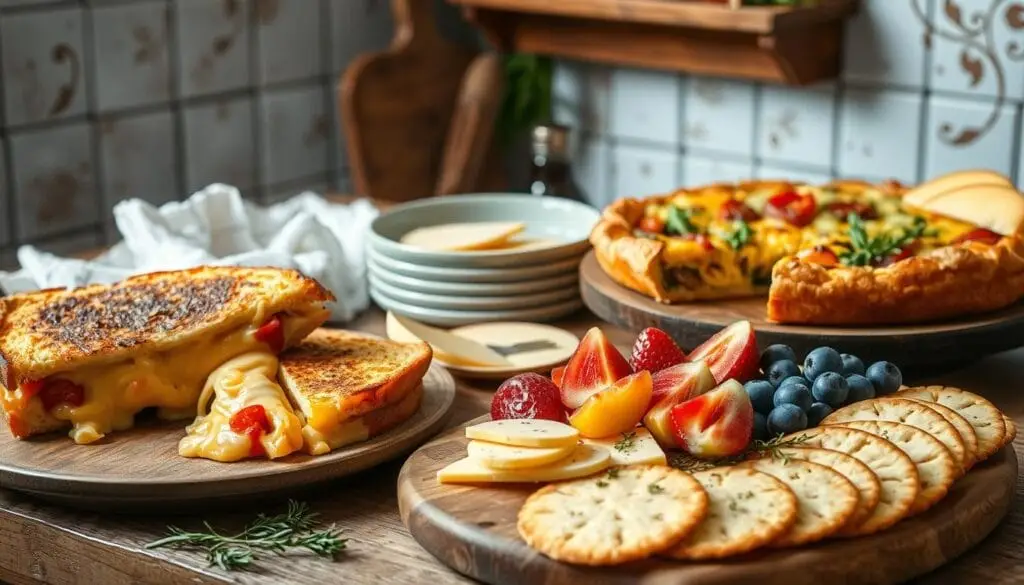
“Muenster cheese is a versatile ingredient that can elevate a wide range of dishes, from grilled cheese sandwiches to macaroni and cheese.”
Whether you’re whipping up a quick weeknight meal or hosting a gathering, Muenster cheese is sure to please. Its creamy texture and mild, slightly sweet flavor make it a crowd-pleasing addition to your culinary repertoire.
Muenster Cheese: Nutritional Benefits and Health Facts
Muenster cheese is not just tasty; it’s also packed with nutrients. It’s a good source of protein, calcium, and probiotics. These make it a healthy choice for your meals.
A Good Source of Protein, Calcium, and Probiotics
Muenster cheese has about 7 grams of protein per ounce. This is key for building tissues and boosting your immune system. It also has calcium for strong bones and teeth. Plus, it has probiotics that are good for your gut health.
It has some sodium, so eat it in moderation. But, it’s low in lactose, making it okay for those with lactose intolerance.
| Nutrient | Amount per 100g Serving |
|---|---|
| Protein | 23.41g |
| Calcium | 717.0mg |
| Vitamin B12 | 1.27μg |
| Riboflavin | 0.36mg |
| Niacin | 0.10mg |
| Zinc | 2.78mg |
| Phosphorus | 544.0mg |
| Sodium | 628.0mg |
| Carbohydrates | 1.12g |
| Fats | 30.04g |
Muenster cheese also has conjugated linoleic acid (CLA). This might help with inflammation and weight management. Its creamy taste makes it great in many keto-friendly dishes, like omelets and burgers.
While muenster cheese is nutritious, eat it in moderation. It’s high in fat and calories. But, adding it to your diet in balance can be tasty and healthy.
Muenster Cheese: A German Delicacy
Muenster cheese is a beloved treat with a long history in German cooking. It comes from the Alsace region of France, near Germany. This semi-soft cheese has a rich past, with its name possibly coming from the German city of Münster.
In the 1940s, Muenster cheese became famous in the U.S. thanks to German immigrants. The German version is made with whole milk, giving it a unique orange color. In contrast, American Muenster cheese is made with skimmed milk, making it lighter in color.
| Characteristic | German Muenster | American Muenster |
|---|---|---|
| Milk Fat | Whole Milk | Skimmed Milk |
| Color | Distinct Orange | Lighter Color |
| Flavor | Robust, Pungent | Milder, Creamy |
Muenster cheese is a cherished muenster cheese german delicacy loved for its nutty, creamy taste. It shows the lasting impact of German cooking traditions. It combines the alsace region of france with the german city of münster and the german immigrants who brought it to the american muenster cheese market.
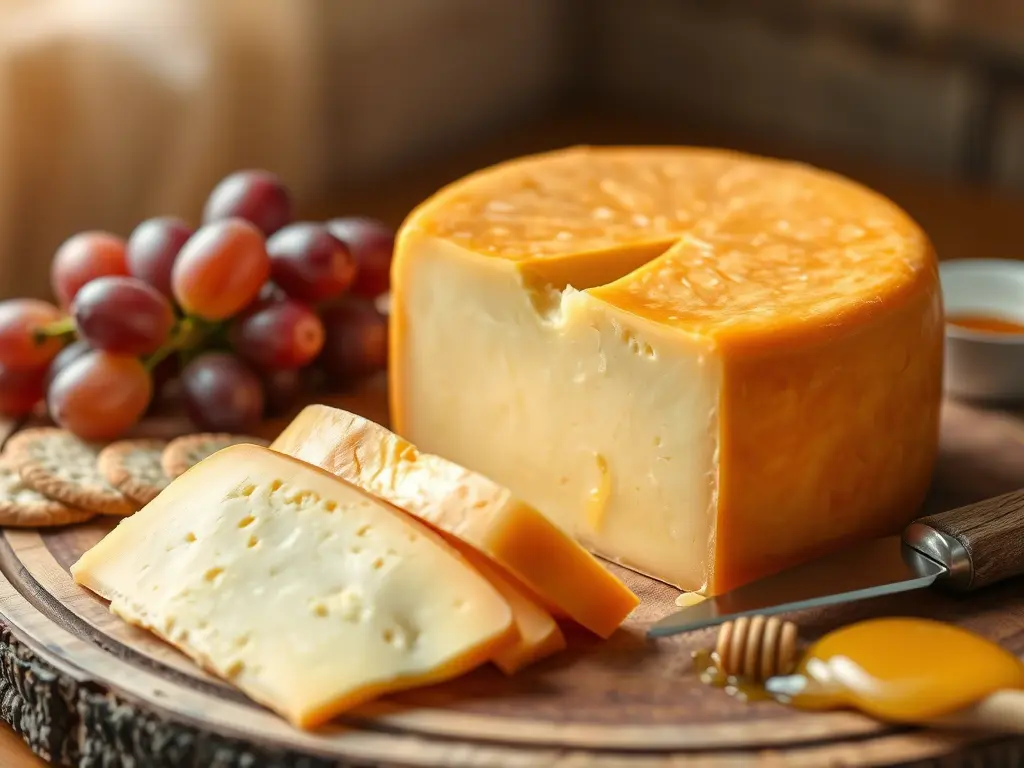
The Art of Cheese Making: Producing Muenster Cheese
Making muenster cheese is a detailed process. It turns fresh cow’s milk into a creamy, tasty treat. This process combines old ways with new cheese making methods.
From Cow’s Milk to Creamy Perfection
The journey starts with picking the best cow’s milk. It’s then heated and mixed with rennet, a key enzyme. This makes the milk solids coagulate.
The curds are then pressed into molds. This shapes the muenster cheese into its signature round form.
As the cheese ages, it’s watched over and brushed with brine. This brine has brevibacterium linens bacteria. It gives the cheese its orange rind and strong smell.
The aging process takes weeks. During this time, the cheese gets its creamy texture and nutty taste. This careful work makes muenster cheese a true delight.
| Key Steps in Muenster Cheese Production |
|---|
| 1. Selection of high-quality cow’s milk |
| 2. Heating and mixing the milk with rennet to form curds |
| 3. Gentle pressing of the curds into molds |
| 4. Aging the cheese in humid cellars, with regular brine brushing |
| 5. Monitoring and controlling the aging process for optimal flavor and texture |
“The secret to creating a truly exceptional muenster cheese lies in the perfect balance of tradition and innovation, where every step of the process is carefully orchestrated to bring out the best in the milk.”
Muenster Cheese: Perfect for Melting and Slicing
Muenster cheese is a semi-soft cow’s milk cheese. It has a smooth, creamy texture and a versatile flavor. Its unique qualities make it great for melting and slicing.
The cheese melts well because of its high-fat content. It becomes creamy when heated. This is perfect for grilled cheese, quesadillas, and more.
Muenster cheese also slices well. Its semi-soft texture keeps its shape. It’s great for sandwiches, charcuterie, and snacks.
| Melting Properties | Slicing Ability |
|---|---|
| Smooth, creamy texture when melted | Maintains shape and structure when sliced |
| Ideal for grilled cheese, quesadillas, and more | Great for sandwiches, charcuterie, and snacks |
| High-fat content and semi-soft nature | Semi-soft texture allows for clean, uniform slices |
Looking for a delicious melted cheese or a perfectly sliced cheese? Muenster cheese is your go-to. It’s versatile and always satisfying.
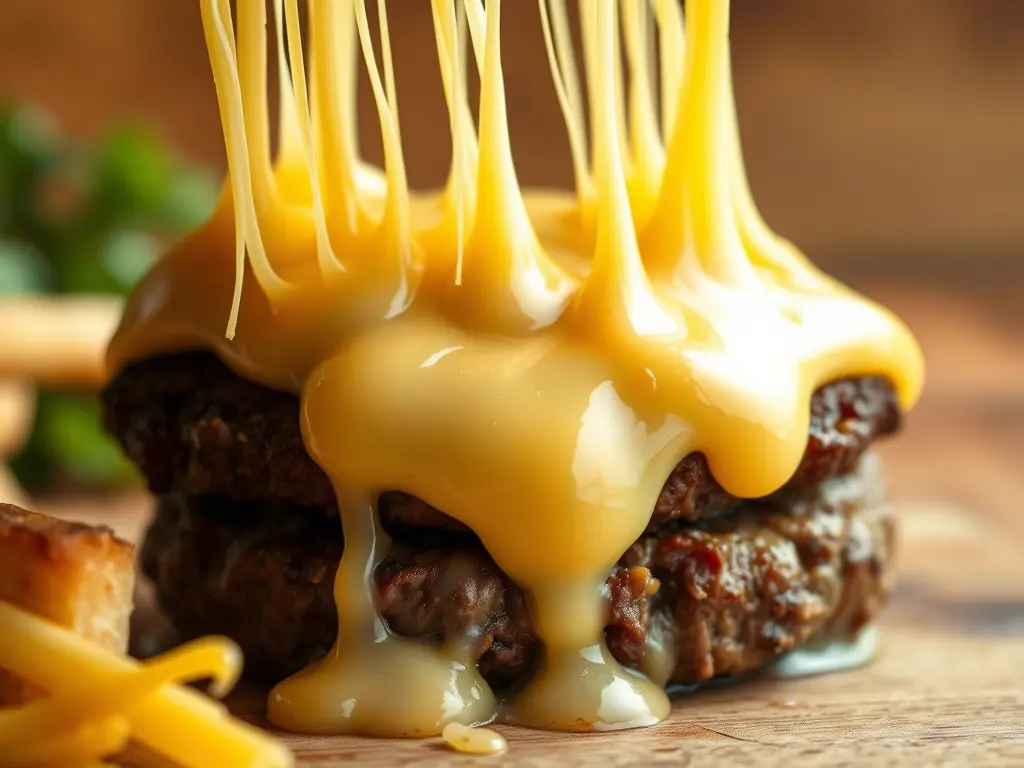
Pairing Muenster Cheese: Wines and Accompaniments
Muenster cheese is creamy and flavorful, making it great with many drinks and foods. For wine lovers, an Alsace Riesling is perfect. Its crisp acidity and fruity taste match the cheese’s creaminess well.
Dark breads like rye or pumpernickel are also great with Muenster cheese. They offer a nice contrast to the cheese’s smoothness. Pickles add a tangy touch, balancing the cheese’s richness.
For a real Alsatian taste, pair Muenster cheese with Alsatian charcuterie. Smoked sausages or cured meats pair well with the cheese. Together, they create a perfect mix of flavors and textures.
| Pairing | Description |
|---|---|
| Alsace Riesling | The crisp acidity and fruity notes of this wine complement the creamy texture and robust flavor of Muenster cheese. |
| Dark Bread | Rye or pumpernickel bread provides a textural contrast to the smooth and creamy Muenster cheese. |
| Pickles | The tangy acidity of pickles offers a refreshing contrast to the richness of Muenster cheese. |
| Alsatian Charcuterie | Smoked sausages or cured meats from the Alsace region create a harmonious balance with the creamy Muenster cheese. |
Trying these pairings can make your Muenster cheese experience even better. You’ll discover the rich flavors this cheese has to offer.
Exploring Alternative Semi-Soft Cheeses
If you love Muenster cheese, you’ll enjoy other semi-soft cheeses from France and Italy. Cheeses like Pont-l’Évêque from France and Taleggio from Italy offer similar tastes and textures. They’re great for trying new cheese flavors.
Pont-l’Évêque cheese from France is creamy and has a mild smell, just like Muenster. Reblochon, from the French Alps, is creamy and has a rich, earthy taste. Taleggio, from Italy, is soft and creamy with a tangy, fruity flavor.
| Cheese | Origin | Texture | Flavor Profile | Best Uses |
|---|---|---|---|---|
| Pont-l’Évêque | France | Creamy interior, slightly pungent aroma | Subtle, savory | Cheese boards, melted in hot dishes |
| Reblochon | French Alps | Creamy, earthy | Earthy, rich | Melted in hot dishes, fondue |
| Taleggio | Italy | Soft, creamy | Tangy, fruity | Sandwiches, pizza, pasta dishes |
These cheeses are a tasty way to explore French and Italian cheese. They’re perfect for cheese boards, melting in dishes, or enjoying alone. They’ll surely please your taste buds.
Conclusion
Muenster cheese is a true gem from the French cheese-making tradition. It has a bold flavor, creamy texture, and a unique aroma. This cheese is loved by cheese enthusiasts everywhere.
It’s great on its own or in tasty recipes. Muenster cheese has been made for centuries. It’s a favorite among artisan cheese producers and cheese fans.
The muenster cheese summary shows its versatility and health benefits. It comes from the Alsace region and is loved worldwide. Its melting and slicing make it perfect for many dishes.
Exploring muenster cheese opens a door to France’s rich culinary world. Whether you’re new to cheese or a seasoned fan, Muenster cheese will impress you. It’s a must-try for your taste buds.
FAQ
What is Muenster cheese?
Muenster cheese is a semi-soft cheese made from cow’s milk. It comes from the Muensterland region in Germany. It has a yellow-orange rind and a smooth, creamy texture. Its flavor is mild, nutty, and slightly sweet.
What is the history of Muenster cheese?
Muenster cheese has a long history, dating back to the Middle Ages. It was first made by Cistercian monks in the 7th century in Alsace, France.
What is the flavor and texture of Muenster cheese?
Muenster cheese is smooth and creamy, with a slightly crumbly feel. Its taste is like Swiss cheese, with a mild, nutty, and sweet flavor.
How can Muenster cheese be used in recipes?
Muenster cheese is great for many recipes. It’s perfect for grilled cheese, quesadillas, macaroni and cheese, and as a cheese dip.
What are the nutritional benefits of Muenster cheese?
Muenster cheese is rich in protein and calcium. It also has probiotics, which are good for your gut health.
How is Muenster cheese different from American Muenster cheese?
German Muenster cheese is made with whole milk, giving it a richer taste. American Muenster cheese is made with skimmed milk and is less orange.
What is the cheese-making process for Muenster cheese?
Making Muenster cheese involves heating and mixing milk with rennet. The curds are then pressed into moulds and aged in humid cellars. This process gives the cheese its flavor and aroma.
What are the best ways to enjoy Muenster cheese?
Muenster cheese is great for melting and slicing. It’s perfect for grilled cheese, quesadillas, and other dishes. It also goes well with Alsace Riesling, dark breads, and pickles.
What are some similar semi-soft cheeses to Muenster?
If you like Muenster cheese, you might also enjoy Pont-l’Évêque, Reblochon, and Taleggio. They have similar textures and flavors.

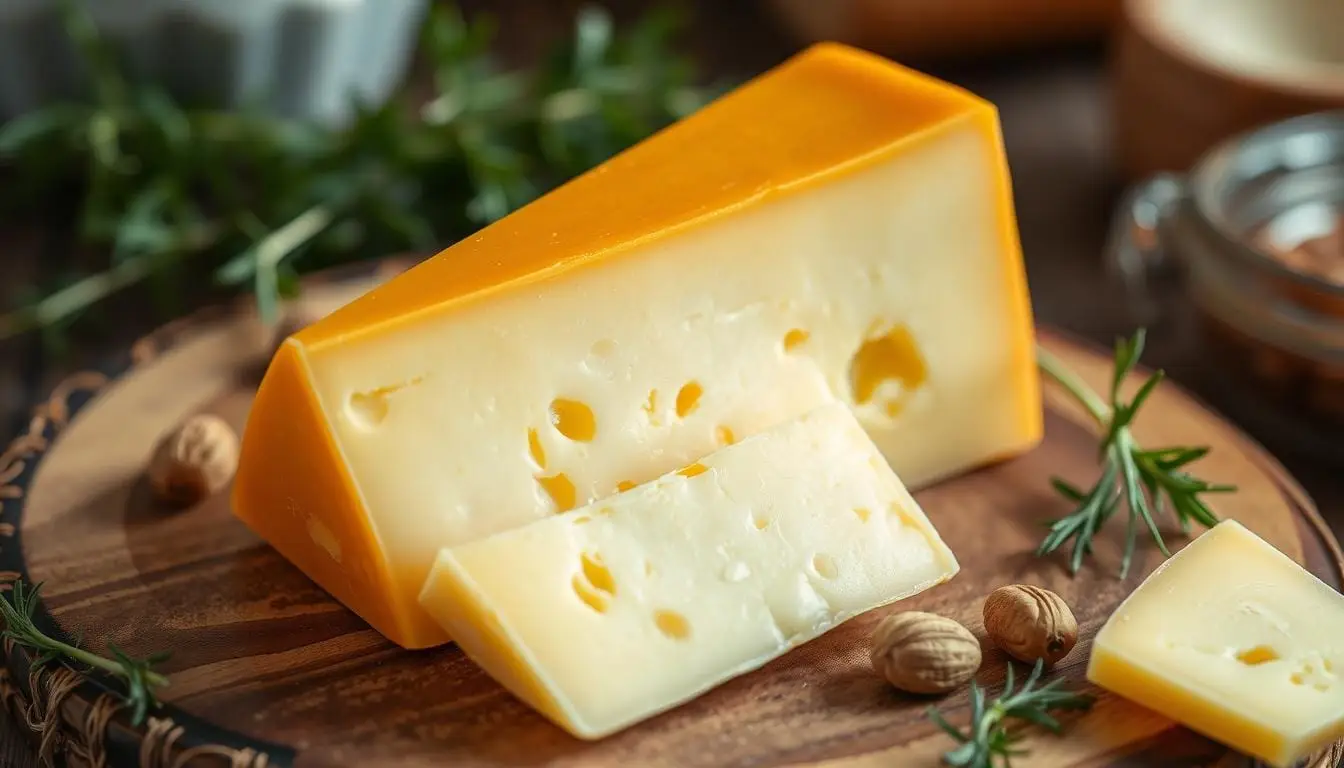
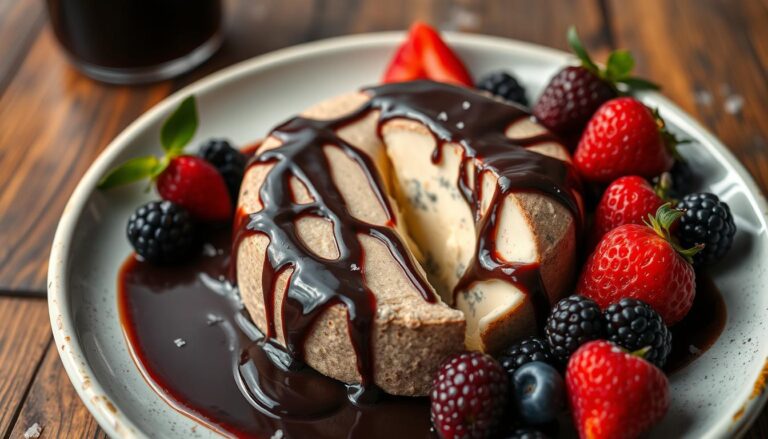
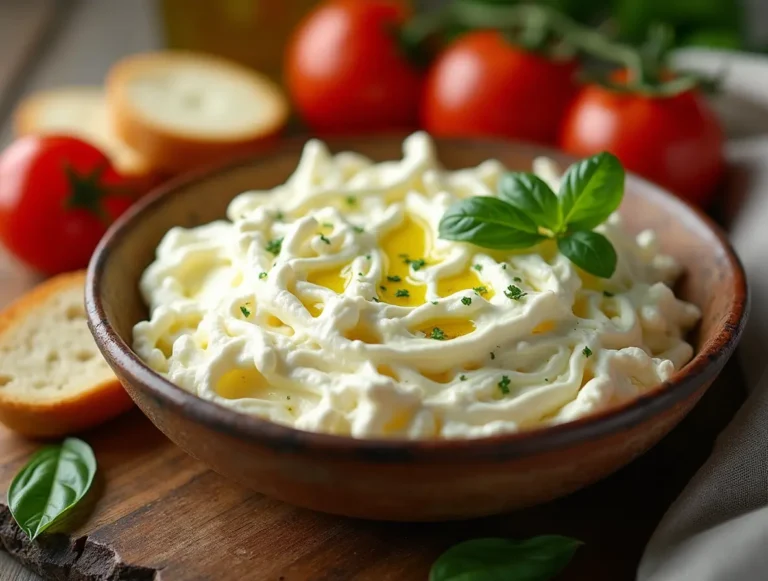
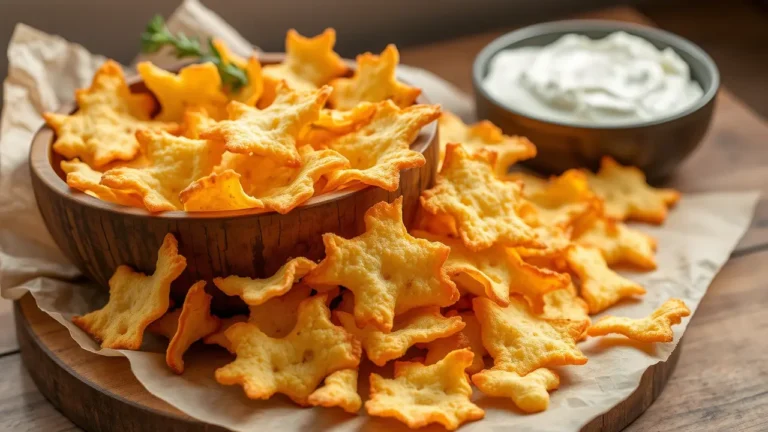

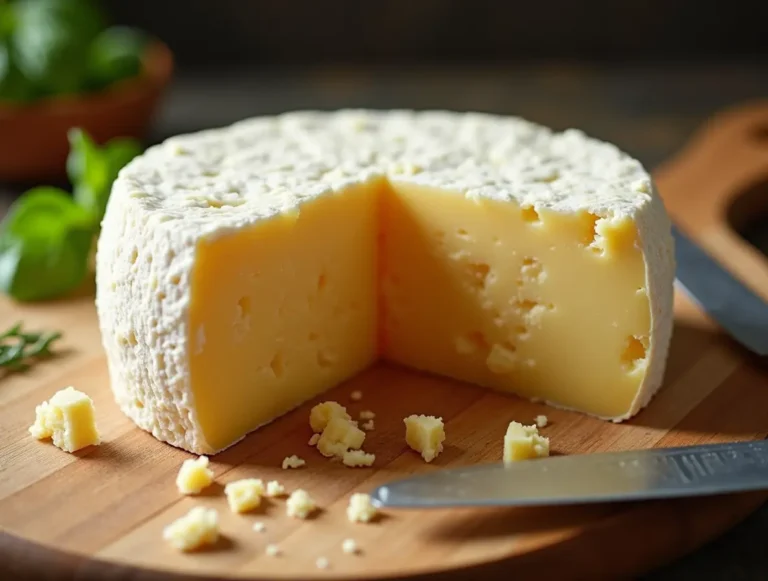
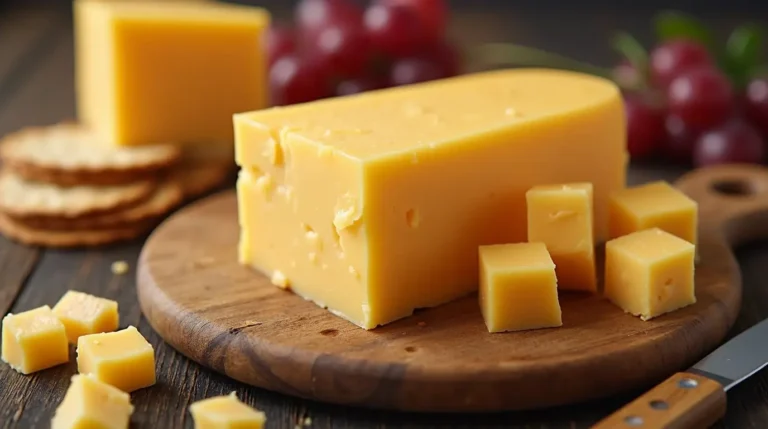
One Comment
Comments are closed.